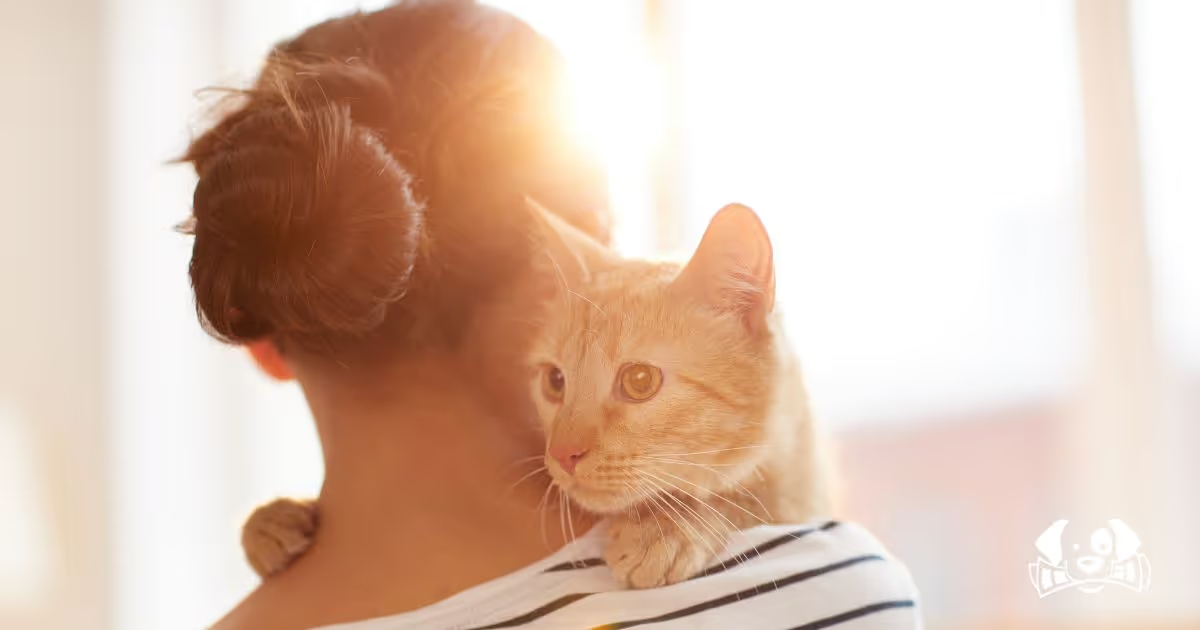Bird Flu Can Spread From Humans to Cats With Fatal Consequences
A recent study by the US Centers for Disease Control and Prevention (CDC) has revealed alarming evidence that bird flu can be transmitted from humans to domestic cats, often with fatal consequences. The findings, published in the CDC's Morbidity and Mortality Weekly Report, are raising concerns about the potential for the virus to mutate and spark a human pandemic.
The study examined two cases from Michigan in May 2024, both involving pet cats that succumbed to the virus after exposure to infected dairy farms. These cases highlight the risks of cross-species transmission and underscore the need for increased awareness and preventive measures.

Case Studies: Cats Exposed to Bird Flu
The First Case: Rapid Onset and Neurological Decline
In one case, a five-year-old indoor female cat began showing symptoms including loss of appetite, poor grooming habits, disorientation, and severe lethargy. Her condition deteriorated rapidly, necessitating emergency care at the Michigan State University (MSU) Veterinary Medical Center. Despite treatment efforts, the cat's symptoms worsened, leading to euthanasia within four days. Postmortem testing confirmed that she had contracted bird flu.
Two other cats lived in the same household, one of which showed mild symptoms that the owners initially dismissed as allergies. The affected household had a worker employed at a dairy farm with known bird flu infections. However, despite potential exposure, the farmworker declined testing for the virus. Other family members, including an adult and two adolescents, tested negative.
The Second Case: Contaminated Clothing and Raw Milk Exposure
A second case involved a six-month-old Maine Coon kitten that displayed severe symptoms such as anorexia, facial swelling, and difficulty moving. The cat died within 24 hours of symptom onset.
Investigators discovered that the cat's owner frequently transported unpasteurized milk from multiple dairy farms, including some where bird flu had been detected. The owner admitted to handling raw milk without protective gear, frequently getting splashed with it, and bringing contaminated clothing into the home. Notably, the sick kitten often rolled in the owner's work clothes, while another cat in the household remained unaffected.
The owner also reported experiencing eye irritation before the cat fell ill but declined to be tested for bird flu.

The Connection Between Bird Flu and Dairy Farms
The CDC report emphasizes the risks associated with handling unpasteurized milk from infected farms. Farmworkers are advised to take extra precautions, including changing clothes and washing off any animal byproduct residue before entering their homes.
Since the US outbreak began in 2024, at least 69 human cases of bird flu have been officially reported. However, experts believe the actual number is significantly higher due to limited testing, particularly among farmworkers. So far, one person has died from the virus in the US.
The Growing Concern of Mutation and Pandemic Potential
Experts warn that as bird flu continues to spread among mammals and birds, the virus could mutate into a strain capable of efficient human-to-human transmission. This possibility raises serious concerns, particularly as some policymakers question the necessity of infectious disease research and vaccination efforts.
Newly appointed US Health Secretary Robert F. Kennedy Jr. has expressed skepticism about infectious disease research and vaccines, which are seen as critical tools in containing potential outbreaks. Additionally, he has promoted the consumption of raw milk—one of the identified vectors for bird flu transmission.
With the threat of a future pandemic looming, public health officials stress the importance of proper hygiene, responsible animal handling, and vaccination strategies to mitigate risks associated with bird flu transmission.

.avif)
.avif)




























.avif)
.avif)
.avif)
.avif)
.avif)
.avif)
.avif)
.avif)
.avif)
.avif)
.avif)

.avif)
.avif)
.avif)
.avif)
.avif)
.avif)
.avif)
.avif)
.avif)
.avif)
.avif)
.avif)

.webp)
.webp)
.webp)
.webp)
.webp)
.webp)
.jpg)

